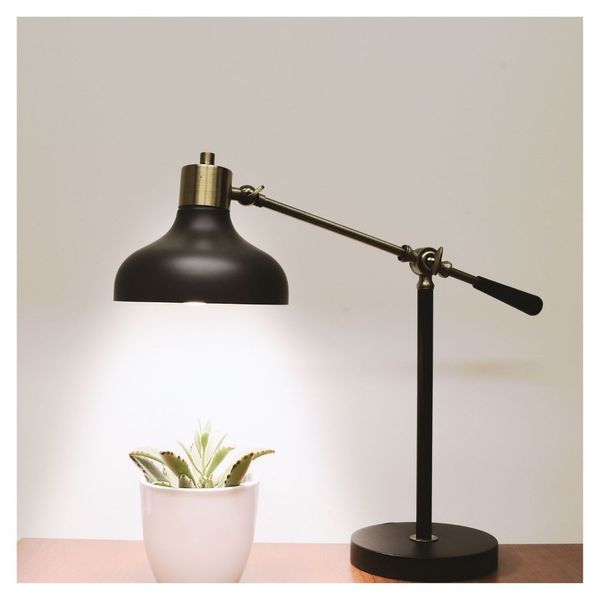As fall shifts into winter, many of us feel changes in mood, energy, and motivation. For some, these shifts are subtle, while for others, they can deepen into Seasonal Affective Disorder (SAD), a form of depression linked to seasonal light changes. SAD can affect anyone, even those without a history of depression, and is often triggered by reduced sunlight, which disrupts our body’s natural clock, or circadian rhythm.
Tuning into Nature’s Rhythms: Understanding and Managing Seasonal Affective Disorder
Dalia Halabi

Why Does SAD Happen?
SAD is more than “winter blues.” It’s a form of clinical depression that cycles with the seasons, especially during fall and winter when daylight hours shrink. Our bodies depend on sunlight to regulate serotonin and melatonin—two key hormones that influence mood and sleep. The decrease in sunlight can lead to a drop in serotonin (which influences mood) and disrupt melatonin levels (which affects sleep), throwing off our body’s natural rhythm and impacting energy, motivation, and mental well-being. This may result in feelings of sadness, lethargy, or withdrawal. Understanding these responses as natural shifts, connected to Earth’s cycles, can make them easier to accept and navigate.
Empowering Tips to Navigate SAD

Morning Walks for Natural Light Exposure
Begin your day with a walk—no sunglasses, even on cloudy days—to absorb natural light. Morning sunlight helps reset your circadian rhythm, energizing you for the day and boosting mood. This simple ritual strengthens your connection with nature and provides a fresh start.

SAD Lamps: Supplementing Sunlight
A SAD lamp can be a powerful tool on darker days. A 10,000-lux light therapy lamp used for 20–30 minutes each morning can simulate daylight, which helps restore serotonin levels and improve mood, especially when natural light is limited.

Create an Evening Wind-Down Routine
As daylight fades early, setting up a calming evening routine can add a sense of balance. Gentle stretching, journaling, or tea can help you unwind, signaling a transition from day to night that supports your natural rhythm.

Build Connections
SAD can bring feelings of isolation, but even small moments of connection can lift your spirits. Schedule a call, plan a coffee date, or check in with loved ones. Creating warmth and connection can ease the effects of seasonal low points.

Reach Out for Support
If you find these darker months especially challenging, remember that you don’t have to face it alone. I offer free consultations where we can discuss how to ground yourself, lift your energy, and make this season more manageable. Reaching out is a brave first step.
Understand & Manage Seasonal Affective Disorder
This time of year can feel heavy, but it’s also a natural invitation to slow down and tune into yourself. Embrace the seasonal rhythm, honor your needs, and remember that help is always here.
